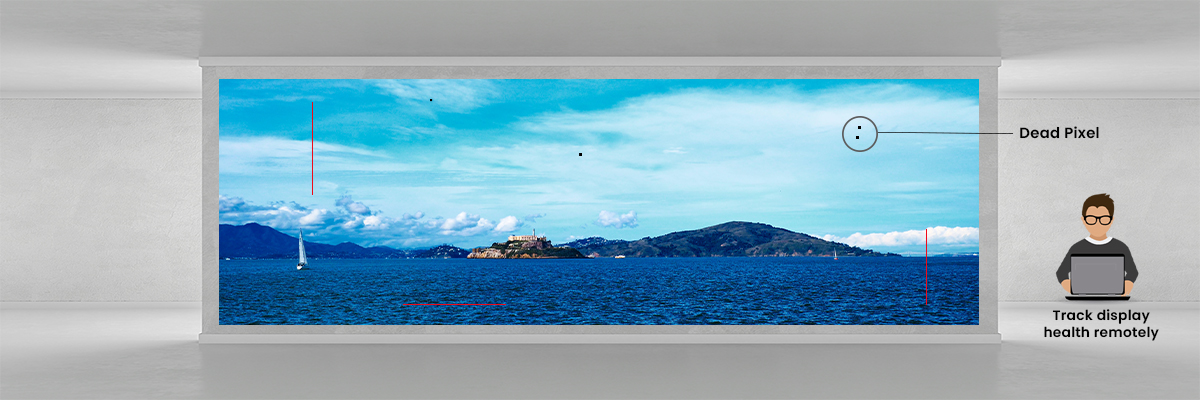Exploring the Diverse Integration Options Offered for Light Emitting Diode Wall Modules
Exploring the Diverse Integration Options Offered for Light Emitting Diode Wall Modules
Blog Article
Light Emitting Diode wall panels have secured popularity for their capacity to deliver crisp imagery in multiple settings, from professional environments to entertainment venues. One of the most significant aspects of these systems is their connectivity options, which allow users to connect them to different devices and systems. Understanding the broad input options available for LED wall panels is vital for maximizing their use and effectiveness. This article explores these options, showcasing how they can adapt to various needs and preferences.
One common connection method for LED wall panels is HDMI. HDMI is broadly recognized for delivering crisp video and audio signals between devices. This interface type is especially beneficial in commercial settings, such as meeting spaces or classrooms, where presentations or video content are often displayed. By using HDMI cables, users can seamlessly connect laptops, projectors, and streaming equipment to Light Emitting Diode wall panels, ensuring a clear and vibrant presentation of information.
Another popular interface method is DisplayPort, which is comparable to High-Definition Multimedia Interface but offers additional benefits. Display Port can support elevated refresh rates and resolutions, making it an ideal choice for gaming or graphic-intensive applications. For those using Light Emitting Diode wall panels in environments where performance is essential, such as competitive gaming venues or creative workspaces, DisplayPort can provide the necessary visual clarity. Additionally, many modern computers and graphics cards include Display Port connections, making it a convenient option for tech-savvy users.
In addition to HDMI and Display Port, wireless transmission options are becoming progressively prevalent in LED wall panel technology. Cable-free interfaces allow operators to transmit content without the requirement for physical cables, enabling a cleaner and more flexible setup. Platforms such as wireless internet and short-range communication enable users to link smartphones, tablets, and laptops seamlessly Web Site to Luminescent Diode wall panels without tangled wires. This convenience is especially advantageous in dynamic environments like trade shows or live functions, where rapid changes to displays are often needed.
For extensive deployments or more complex setups, LAN integration through Ethernet is another reliable option. Ethernet connections provide a consistent and reliable way to connect multiple Light Emitting Diode wall panels within a network. This setup is ideal for electronic display applications found in shopping malls or transport hubs, where numerous panels may need to display synchronized content across a broad area. By using Ethernet cables and routing hardware, operators can guarantee that all linked panels receive uniform updates and content efficiently.
Finally, it's important to consider the future of connectivity with technologies such as USB-C and Thunderbolt 3. These newer connection types offer Check This Out increased data transfer speeds and versatility by allowing one connector to handle both energy transfer and data exchange. As more systems incorporate these standards, LED wall panels equipped with USB-C ports will likely become more common. This evolution in connectivity not only enhances the capabilities of Luminescent Diode wall panels but also aligns with the growing trend of minimalism in technology setups by reducing the number of cables needed.
In conclusion, exploring the diverse connectivity options available for Light Emitting Diode wall panels uncovers many opportunities for operators across various industries. From conventional approaches like High-Definition Multimedia Interface and Display Port to modern wireless technologies and LAN setups, each pathway serves specific functions suited to distinct needs. Furthermore, next-gen technologies like Universal Serial Bus-C offer further developments in how professionals utilize LED wall panels. By understanding these integration alternatives, individuals can make strategic selections that optimize their overall engagement with these multifunctional visual solutions.